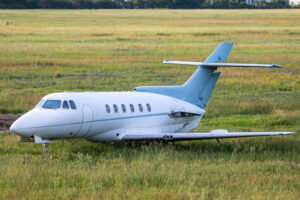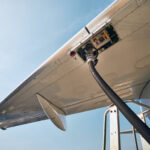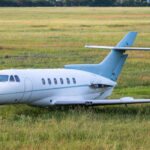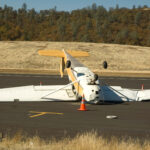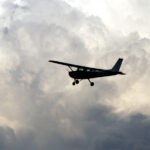Bernoulli’s Principle
Every flight training student is introduced to the four fundamental forces of flight: lift, weight, thrust, and drag. These forces are always acting on an aircraft, and flight happens when they are properly balanced. Lift must overcome weight (the force of gravity) and thrust must overcome drag (the resistance of air). Among these, lift is perhaps the most fascinating—and the one that causes the most debate and curiosity. At the heart of explaining lift is Bernoulli’s Principle, a foundational aerodynamic concept that every pilot should understand.
What Is Bernoulli’s Principle?
Bernoulli’s Principle states that as the velocity of a fluid (in this case, air) increases, its pressure decreases. Applied to flight, this means that when air moves faster over the curved upper surface of an aircraft wing (or rotor blade), it creates an area of lower pressure compared to the slower-moving air beneath. This pressure difference produces an upward force known as lift. The shape of a wing, known as an airfoil, is specifically designed to create this imbalance. While other factors contribute to lift—like angle of attack and Newton’s third law—Bernoulli’s Principle plays a critical role in how pilots and engineers understand and optimize wing performance.
Key Concepts of Bernoulli’s Principle and Lift:
- Airfoil shape matters: The curved top and flatter bottom guide airflow at different speeds.
- Faster air = lower pressure: High-speed airflow over the top creates a pressure drop.
- Lift is a pressure differential: The aircraft rises because the pressure below is greater than above.
Bernoulli’s Principle – Demonstration
To help demonstrate this to student pilots, instructors often use simple classroom experiments. One common demonstration is the paper strip test: hold a strip of paper to your bottom lip and blow across the top. Instead of blowing downward, the paper rises. This happens because the faster air moving across the top reduces the pressure, causing the higher pressure beneath the strip to push it upward. This same principle applies to how air moves across an airfoil in flight. Some flight schools even use smoke tunnels or wind fans with model wings to give students a visual representation of airflow behavior.
Conclusion
Bernoulli’s Principle remains a pillar of aerodynamic education. While debates still exist over how much of lift is due to Bernoulli versus Newtonian reaction forces, both are crucial in understanding how aircraft stay in the sky. For pilots in training, grasping this principle isn’t just about passing a written exam—it’s about building a strong foundation of aerodynamic awareness that improves flight safety, decision-making, and appreciation for the invisible forces that make flight possible.
RELATED CTS TRAINING
RELATED CTS TRAINING




